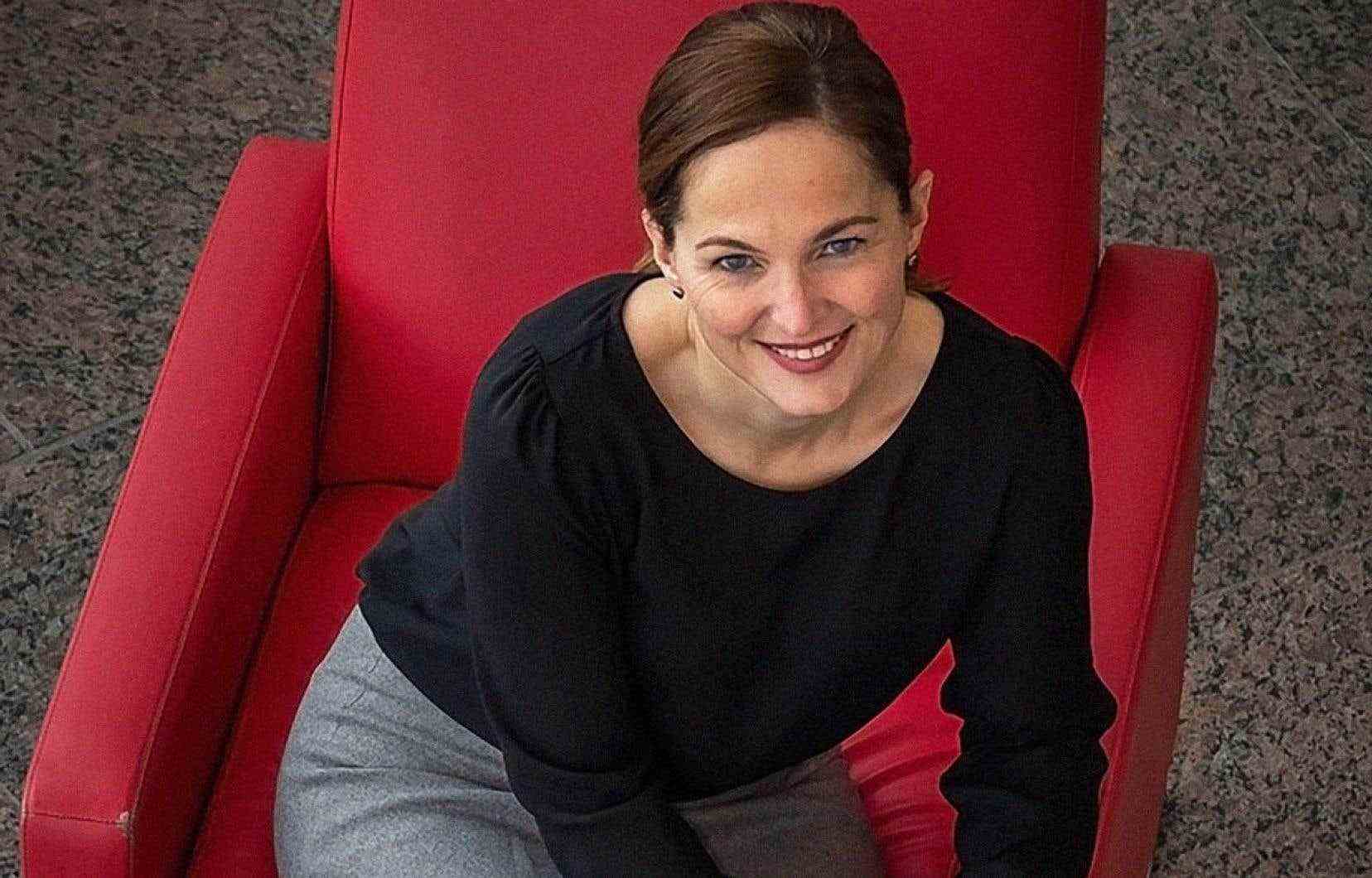The fire of the crisis seems about to be extinguished at the Canadian Museum of History (CMH) and the Canadian War Museum (CWM) with the appointment announced Monday by the Ministry of Heritage of Caroline Dromaguet as president and director General for an initial term of five years.
Since the departure in turmoil of her predecessor Mark O’Neill, the museologist has acted as interim CEO within the two linked establishments. A report by a specialized external investigator had concluded two years ago that there was a toxic work climate that had persisted for years.
“Caroline has assumed leadership at the museum for several months and she has demonstrated through her creativity and her capacity for innovation that she can advance the organizational culture and establish solid foundations for the future,” said the To have to Carole Beaulieu, President of the Board of Directors of the MCH and the MCG. By the way, she is the first woman appointed to this position. »
Mme Dromaguet began his career at the Canadian Museum of History a decade ago, first in the exhibitions department. She graduated from the University of Ottawa.
Her reform plan includes several major areas that she details in an interview.
Work atmosphere. “This is a task that we started two years ago already, says the CEO. through a framework of values. This work will continue and it is a priority for me to create a climate of respect. » Mme Beaulieu adds that the Board of Directors has published the report on the working climate and is following the changes in the “organizational culture” put in place by Mr.me Dromaguet.
Modernization. The strategic directions were defined during the pandemic and should be officially announced next year. “I can say that they will be focused on innovation, national and international engagement, the rights of indigenous peoples and technology,” says the CEO We are looking to become a much more modern museum for fulfill our mandate in today’s society. »
Decolonization. The two women at the head of the institution do not want to comment on the crisis experienced by the National Gallery of Canada since the turn in favor of decolonization and autochthonization. Mme Dromaguet can, however, comment on the same process within its museums. “Our institution recognizes its colonial past,” she says. The work of decolonization has been underway here for a very long time due to the nature of our collections. She adds that the first framework outlining relations with Aboriginal peoples in order to develop collections and exhibitions was adopted about two years ago.
Digitization. The pandemic has forced the acceleration of the shift towards greater dematerialization of knowledge and exhibitions. Mme Dromaguet promises that future strategic orientations will take this change into account. “We want to use technology to innovate, push our mandate nationally and internationally, provide access to our collections, reach Indigenous communities where they are. The possibilities are incredible,” she says.
